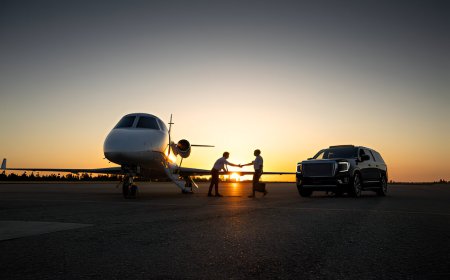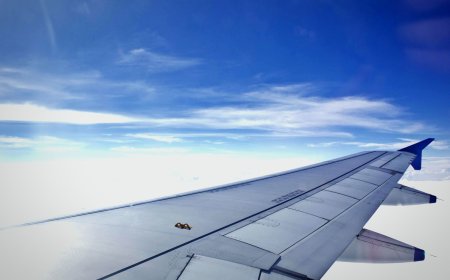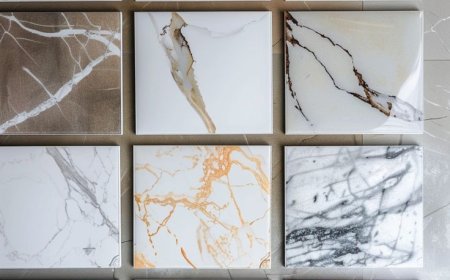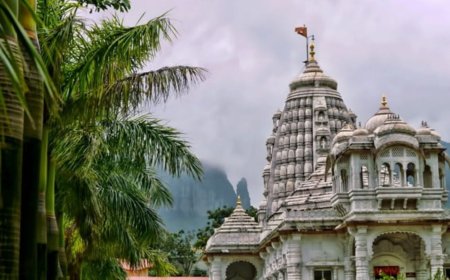How to Find Annapurna’s Most Stunning Trekking Secret
Discover why the Annapurna Circuit is considered one of the world’s best treks—diverse landscapes, rich culture, and epic Himalayan views.
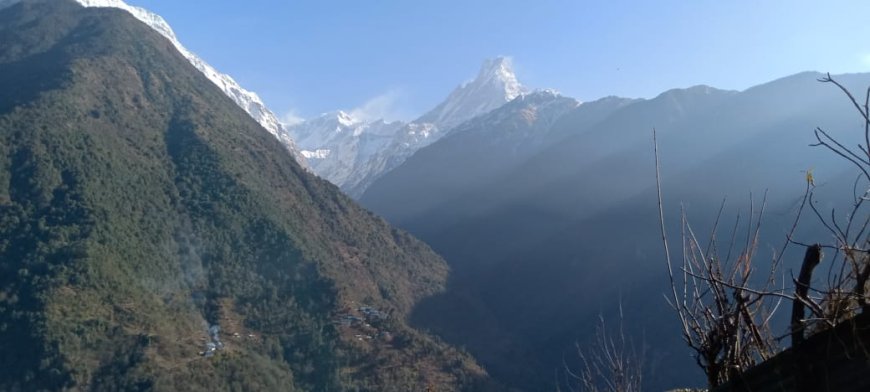
Before I landed on theAnnapurna Circuit, Id harboured romantic notions of what a trek would be like a snowy trail, warm teahouses, and Instagram-worthy views. But I wasnt prepared for the ugly, unadulterated truth that this trail would uncover. The Annapurna Circuit isnt just a trek taking you through some of the most dramatic mountain scenery on earth; its a step-by-step list of your comfort zones, testing your limits of stamina, attitude, and assumptions of what trekking is all about. With each step, you begin to realize that trekking is not just a form of exercise; it is a whole lifestyle change, a mental flush, and a brutally honest teacher.
The trek covers more than 160 km with elevations of over 5,400 meters near Thorong La. From tropical jungles and rice paddies to alpine deserts and glacial gales, Annapurna shows the value of trekking and how natural wonders wont make time for you. You discover that slow is strong, that it is in silence that existence can sometimes scream louder than words, and that your limits are not set they are bendable.
Today on the blog, its six life-changing lessons, revealed to me whilst trekking the Annapurna Circuit. If youre considering trekking (especially in Nepal), these were the revelations that can save you from naivete and that can help you trek not just harder, but smarter and with more soul.
Moving Thousands of Miles Is Largely Mental rather than Physical.
We think that the key to trekking success is in strength and stamina. But the Annapurna Circuit made it instantly clear that your mindset is your most powerful weapon. When youre climbing for hours in thin air with cold mornings and steep inclines and tired legs, the physical weariness pales in comparison with the weariness of your thoughts as they urge you forward, or beg you to stop. That positive self-talk, to take it one step at a time, to focus on the journey and not the difficulty, made all the difference in the world. Its not just how high you jump, its how you learn to maximize that jump and put it together in races, stress after stress, week after week; mental resilience was what would take you far beyond what your body thought it could do.
Altitude Doesnt Give a Shit How Fit You Are
You might be a marathon runner or a gym regular altitude sickness doesnt care. Hiking above 3,000 meters on the Annapurna Circuit taught me that acclimatization, hydration, and rest count for more than your fitness app stats. Some super-fit trekkers had to come down with Acute Mountain Sickness, while older hikers who took it steady did well. The truth? Respect the mountains, pay attention to your body, and dont race the trail. Altitude demands patience, not ego. The circuit taught me that hiking is about surviving, not conquering.
The Best Advice Is Often on the Ground
In the weeks leading up to the hike, I devoured blogs, forums, and maps. But on the trail, the locals and the real guides were much more helpful. Their wisdom was lived; it was a lived experience that informed their knowledge, from predictions about the weather to tips on shortcuts to advice on food. A teahouse owner in Manang advised me to drink garlic soup every day, and it assisted my acclimatization. Relying more on local wisdom became a common theme, and a reminder: true trekking wisdom lives in the mountains, not just online.
Pain Is Part of the Payoff
Chillier mornings, more basic toilets, a few blisters here and there, and no Wi-Fi for some, they are deal-breakers. But on the Annapurna Circuit, I learned that discomfort is, in fact, an auger of gratitude. The crackle of a fire after an icy pass, the flavor of a plain meal after a long climb such everyday pleasures are amplified. You know that comfort is temporary, but growth from being in discomfort lasts forever. Hiking reduces your lifestyle to the fundamentals, wherein you venture yourself instead of hiding.
Trekking builds real ConnectionUnlike bustling metropolis centers or on-the-crushed-touristy paths, trekking the Annapurna Circuit places you within the mixture of human beings doing, basically, the same thing you are doing, mentally and bodily.You connect with strangers over tea, borrow first-useful resources, tell shaggy dog stories approximately language limitations, and cheer each other on in grueling mountain ascents. The trails simplicity cuts through social obstacles. Even the small acts pronouncing Namaste to a porter or picking up a bit little bit of nearby language foster an extra profound sort of connection. It is a reminder that human warmth can thrive in wild places.
The journey is the destination.
We fixate on goals: getting to Thorong l. a. skipping, taking the best image, finishing the circuit. But Annapurna showed that the path is the thing. Its the leisurely pace of your step, the passing scenery, the unpredictable weather the whole journey is memorable. The summit was amazing, yes, but even better were the days leading up to it, when the metamorphosis occurred. Trekking is not ascension; its immersion in plain with them, and with yourself, in place after place.
What is the most beautiful part of the Annapurna Circuit?
From Manang to Thorong La Pass is probably the most beautiful stretch. Youll see dramatic surroundings glacial valleys, ancient villages, towering peaks, and an icy blue Gangapurna Lake. The views get more and more panoramic as you're making your way, as much as the Thorong La, supplying an unforgettable Himalayan landscape enjoy, specifically at dawn from the high camp or the pass.
What are the five great treks in Nepal?
The Khopra Ridge Trek is a hidden gem among many of the pinnacle trekking locations in Nepal. It gives stunning glimpses of Dhaulagiri, Annapurna South, and Nilgiri minus the vacationers. Youll trek through remote villages, unspoiled forests, and can make an optional pilgrimage to sacred Khayer Lake. Not as commercialized and far more serene, this area provides a more personal and genuine trekking experience for those seeking seclusion.
How can I look suitable whilst hiking?
The important thing to nailing a fab look at the same time as trekking is comfort, layering, and self-belief. Fit out, fitted, and put on a quick-dry hiking dress in earthy or bold tones. Accessorise with a chic buff, glasses, and a cap. Select clean, well-maintained boots, and carry a light to move fast. Make sure to maintain smiling, drink water, and relaxbecause looking sprightly is all approximately proper training on the path and widespread emotions of happiness.
Which Annapurna trek is fine?
As constantly, it's a matter of time and who prefers one over the alternative. For a tough and numerous trek, Annapurna Circuit is the only one. Annapurna Base Camp is remarkable for folks who want a smaller but still epic alpine adventure. Mardi Himal or Khopra Ridge are first-class for solitude and secret perspectives. They all offer something a little different pick the one that fits your pace and your soul.






